Cycling from Matsuida to Nagawa.
Accommodation: Hamadaya Ryokan
Meals: Breakfast and dinner
Distance: 60 km / 37 miles
Elevation gain: 1,204 m / 3,950 ft
Elevation loss: 837 m / 2,746 ft






Lodging along the Nakasendo Trail is a step back in time, offering a unique blend of historical immersion and modern comfort.
The towns are strategically positioned along this ancient route and they’ve evolved into havens for travelers seeking an authentic experience. You’ll be taken back to the Edo period with meticulously preserved architecture and interiors that evoke a sense of nostalgia.
Staying in these lodgings offers more than just a bed—it’s a chance to become a part of the living history of the Nakasendo. From tatami-matted rooms to soothing communal baths, every detail speaks for the trail’s rich cultural heritage. Exact day-by-day accommodations can be found in the itinerary.
In order to join this Nakasendo bike tour, you need to be in great physical condition. You will be cycling for a week, anywhere between 50 and 72 km per day (31-45 miles) per day. Daily elevation gains can be found in the itinerary, but the biggest elevation gain in a single day will be around 1,200 m (3,940 ft).
What else is on the offer in Japan? Check out this biking & hiking Kumano Kodo Pilgrimage or a cycling tour of Hidden Japan on Shikoku Island.
Any diet or medical concerns need to be mentioned prior to the tour. Each guest is required to have personal medical and trip insurance.
No time machine, no problem! The 8-day Nakasendo Trail cycling trip will take us back to 17th century Japan, retracing the steps of samurai warriors, merchants, pilgrims, and other travelers moving between Kyoto, the Imperial Japanese capital and Edo (Tokyo), the political capital of the time. We’ll stroll through historical post towns, feel the serenity of bamboo groves, marvel at centuries-old shrines and temples, and spend nights in traditional minshuku and ryokan. This will be an adventure to remember!
Very highly recommended. Tim has great bikes and excellent local knowledge. I spent one night before a good early breakfast and then headed out for a loop as recommended by Tim which was the best 80kms I’ve ever cycled. Stunning scenery, beautiful ancient shrines, epic climbs on deserted roads and awesome food stops.
Little gem keeping it real. Great hosts, great location with endless adventures awaiting. Good food and an incredible treasure trove of bicycles and equipment and boundless knowledge and advice to go with it. What’s not to like.

The Nakasendo Trail is more than just a cycling adventure—it’s a step back in time, a week-long journey to the Japanese Edo period, with well-preserved reminders along the trail. You will visit some of the most important and most beautiful post towns on the route, including Tsumago and Magome among many others. The rest of the cycling tour goes through serene woodlands, cobblestoned paths meandering through the mountains, remote villages, and a myriad of other landscapes. Join this guided journey and prepare for a total immersion into the Japanese Edo period, its culture, traditions, and its food.
The itinerary is just a sample—it is not set in stone, and neither are the daily distances, but this is what your cycling adventure should look like.
This day is all about arriving to the GS Astuto Riders House for orientation and a bike fitting. We’ll have a short warm-up ride and visit some historical sites. Note that there’s an optional dinner at Astuto Riders House (not included).
Accommodation: Astuto Riders House or similar
Cycling from Matsuida to Nagawa.
Accommodation: Hamadaya Ryokan
Meals: Breakfast and dinner
Distance: 60 km / 37 miles
Elevation gain: 1,204 m / 3,950 ft
Elevation loss: 837 m / 2,746 ft
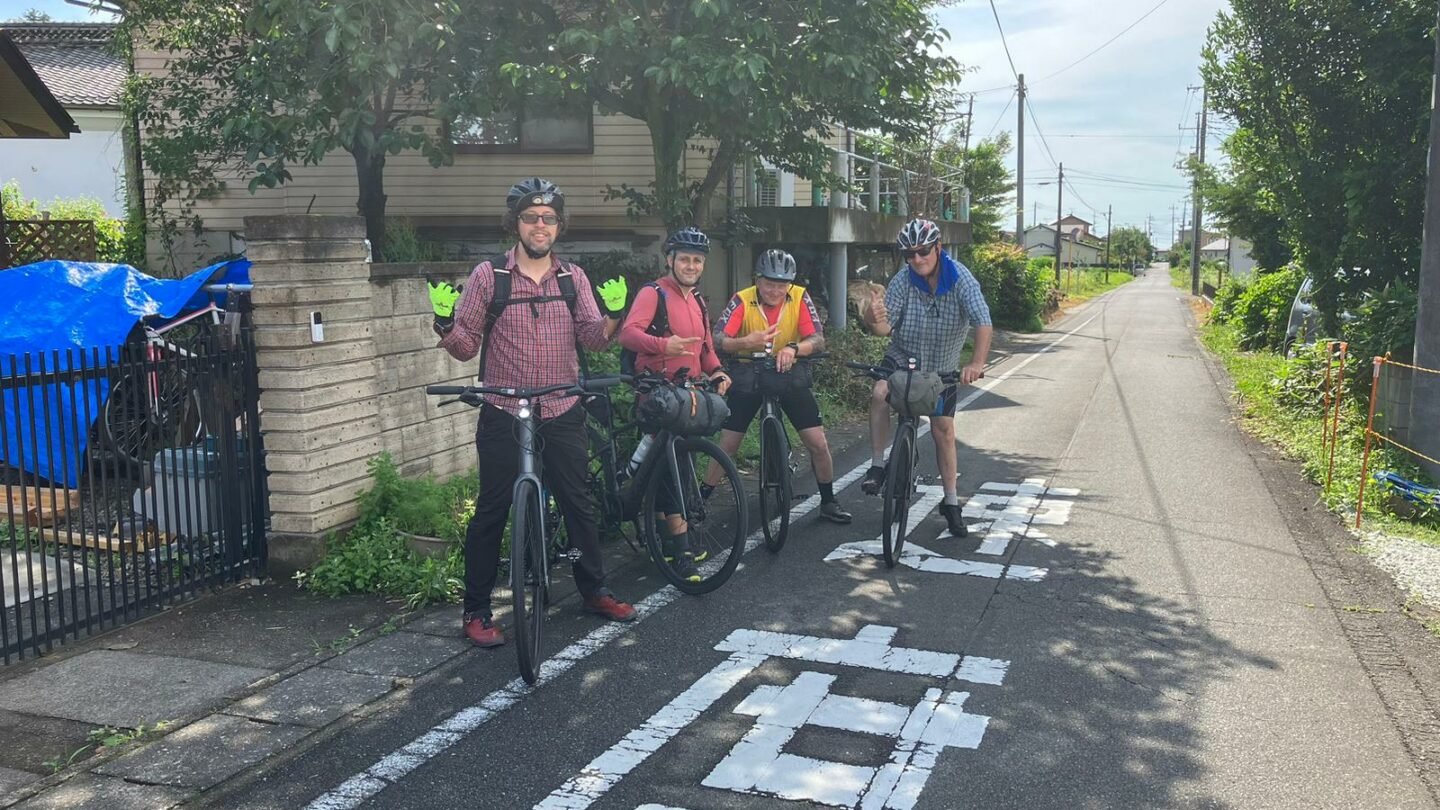
Cycling from Nagawa to Shirojiri.
Accommodation: Hotel
Meals: Breakfast and dinner
Distance: 50 km / 31 miles
Elevation gain: 1,204 m / 3,950 ft
Elevation loss: 937 m / 3,075 ft
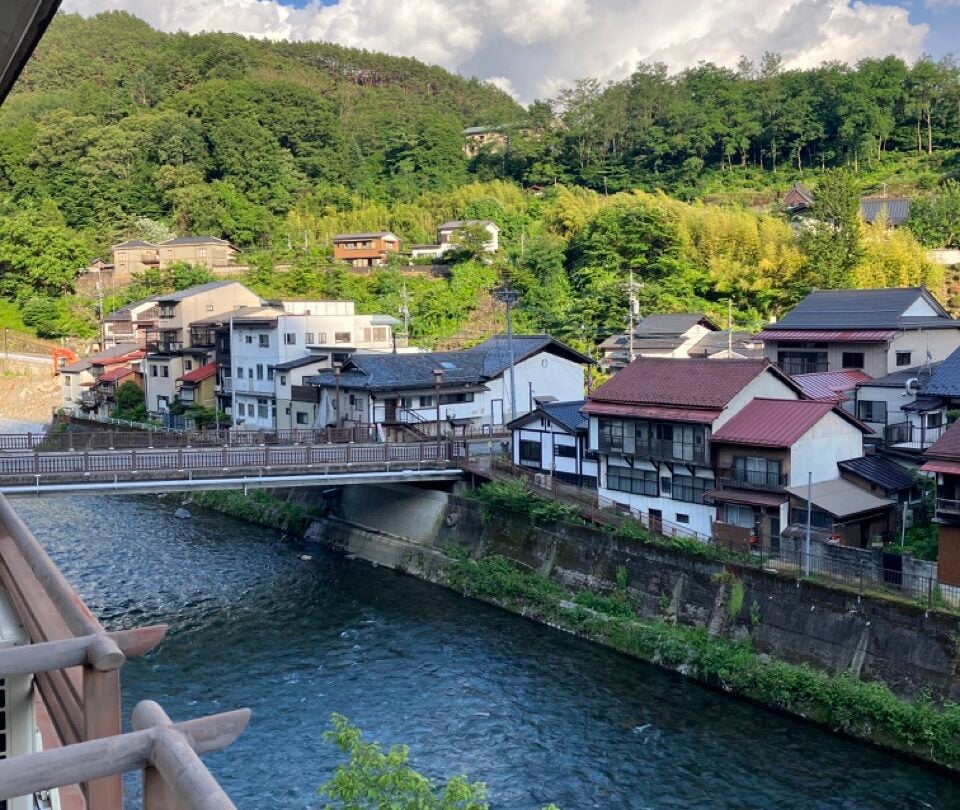
Cycling from Shirojiri to Kiso Fukushima.
Accommodation: Kiso Mikawaya
Meals: Breakfast and dinner
Distance: 44 km / 27 miles
Elevation gain: 1,148 m / 3,766 ft
Elevation loss: 1,162 m / 3,812 ft
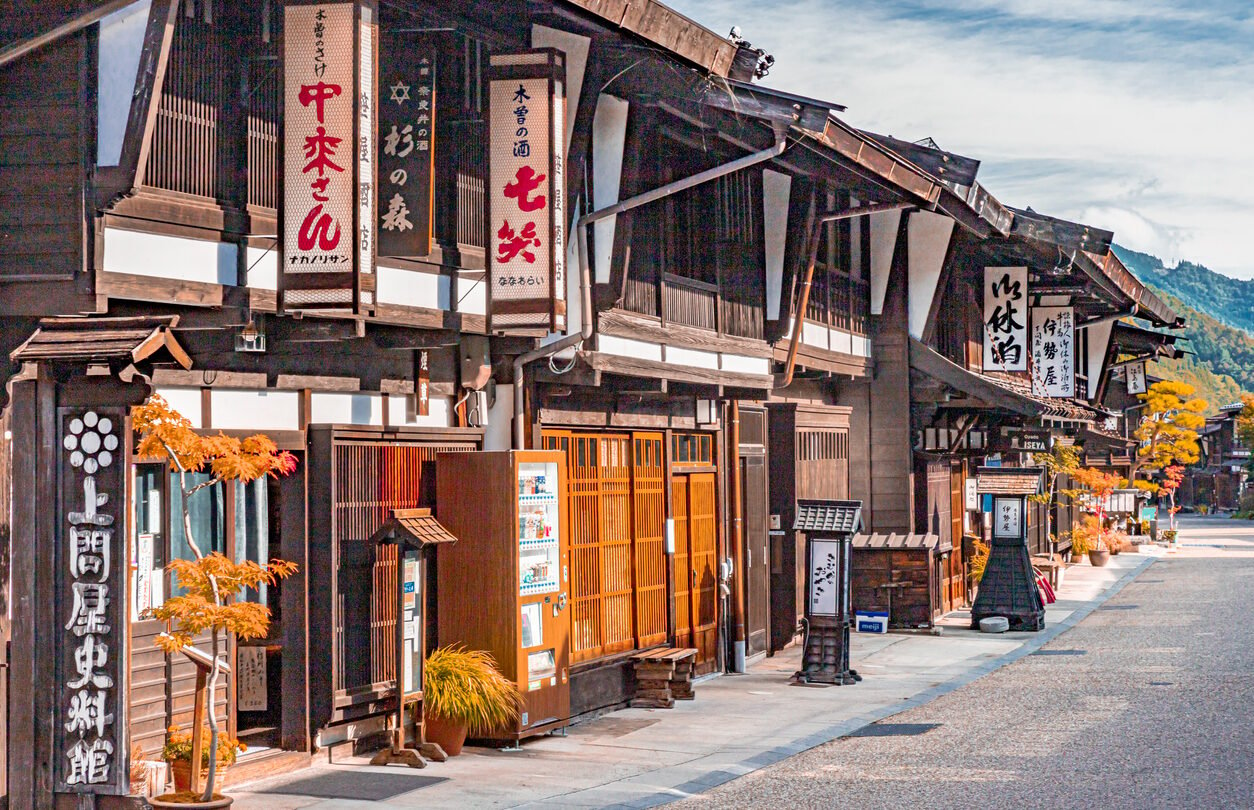
Cycling from Kiso Fukushima to Nakatsugawa.
Accommodation: Oyado Onn Nakatsugawa
Meals: Breakfast and dinner
Distance: 56 km / 35 miles
Elevation gain: 261 m / 856 ft
Elevation loss: 716 m / 2,349 ft
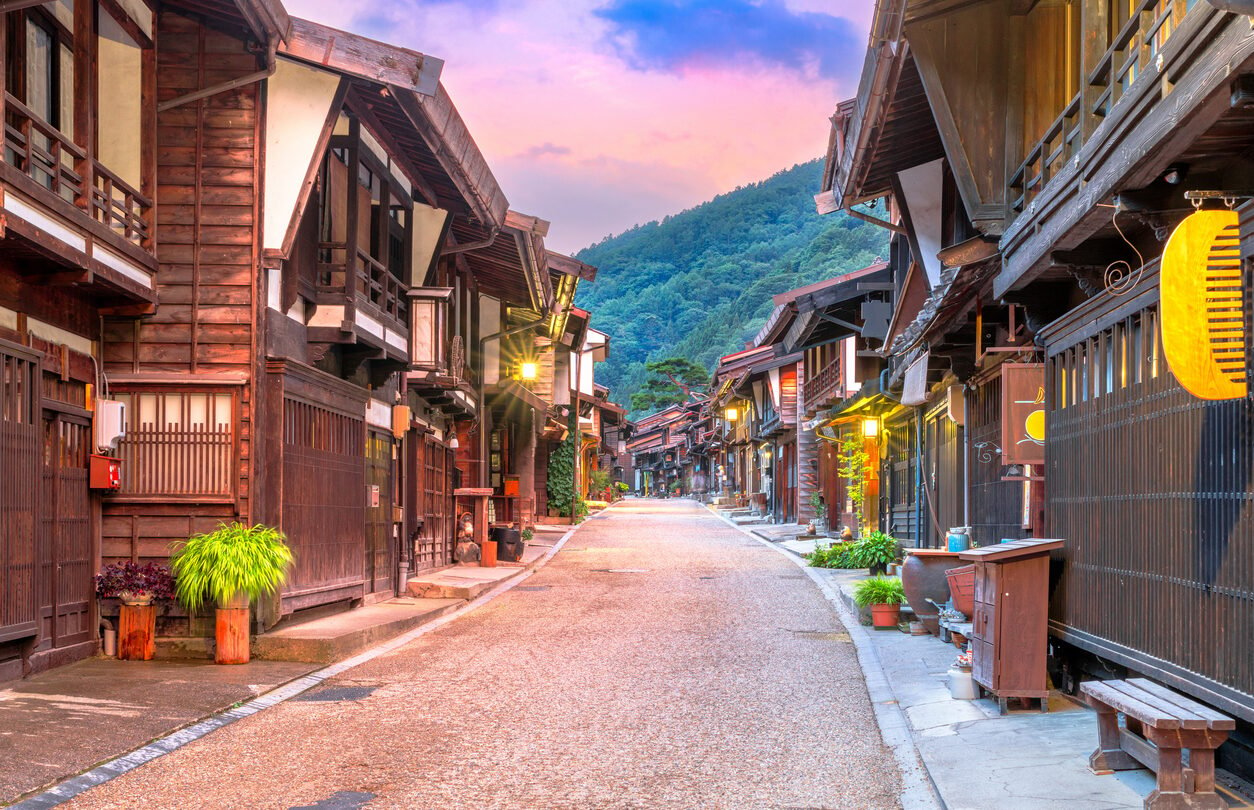
Cycling from Nakatsugawa to Inuyama.
Accommodation: Hotel Myu
Meals: Breakfast and dinner
Distance: 63 km / 39 miles
Elevation gain: 390 m / 1,280 ft
Elevation loss: 648 m / 1,126 ft
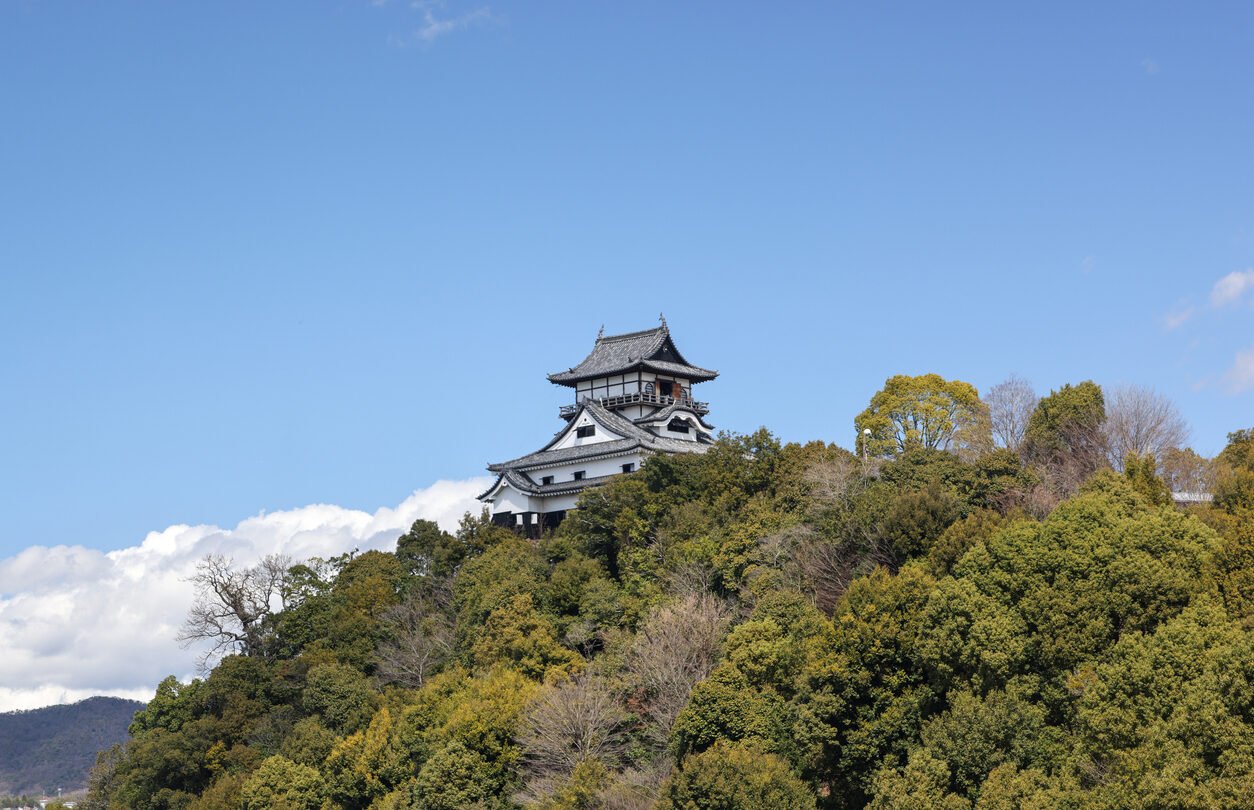
Cycling from Inuyama to Hikone.
Accommodation: Tobaya Ryokan
Meals: Breakfast and dinner
Distance: 72 km / 45 miles
Elevation gain: 358 m / 1,175 ft
Elevation loss: 320 m / 1,050 ft
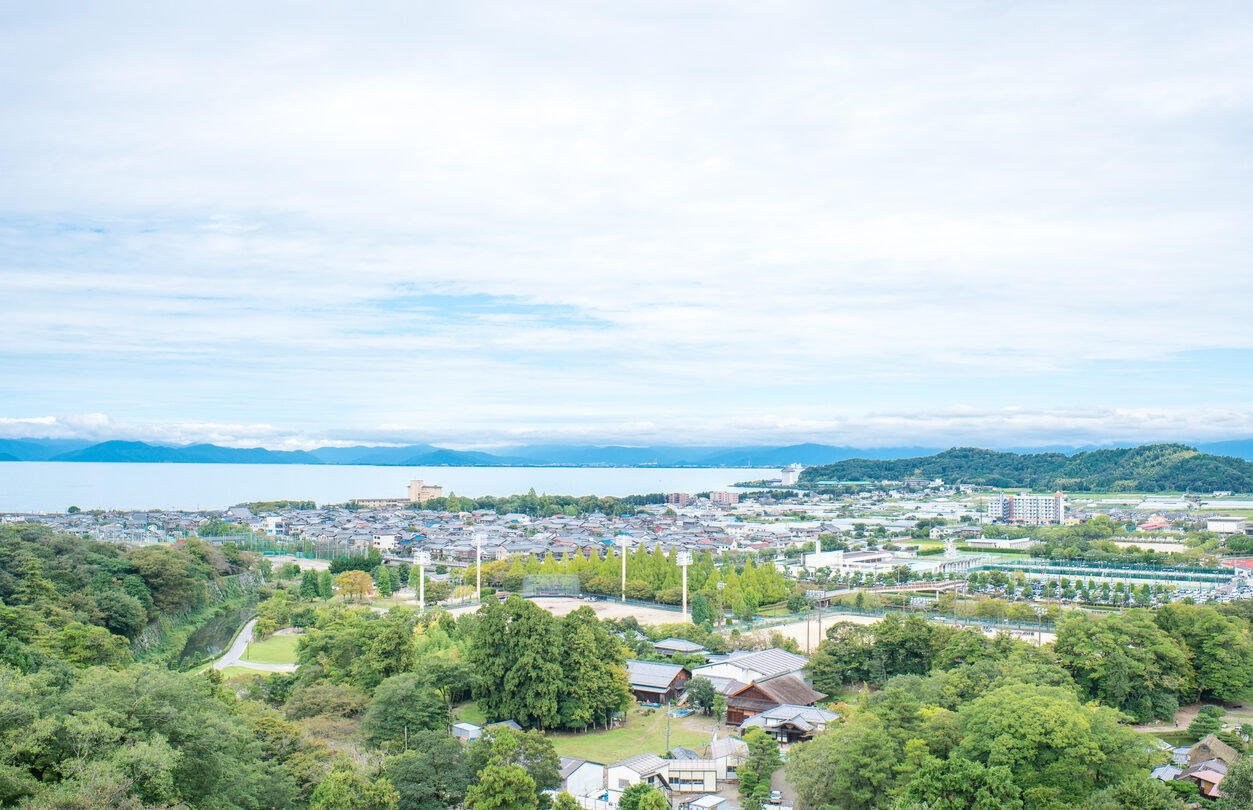
Cycling from Hikone to Kyoto. Once we reach Kyoto, our tour ends!
Meals: Breakfast
Distance: 65 km / 40 miles
Elevation gain: 265 m / 870 ft
Elevation loss: 312 m / 1,024 ft
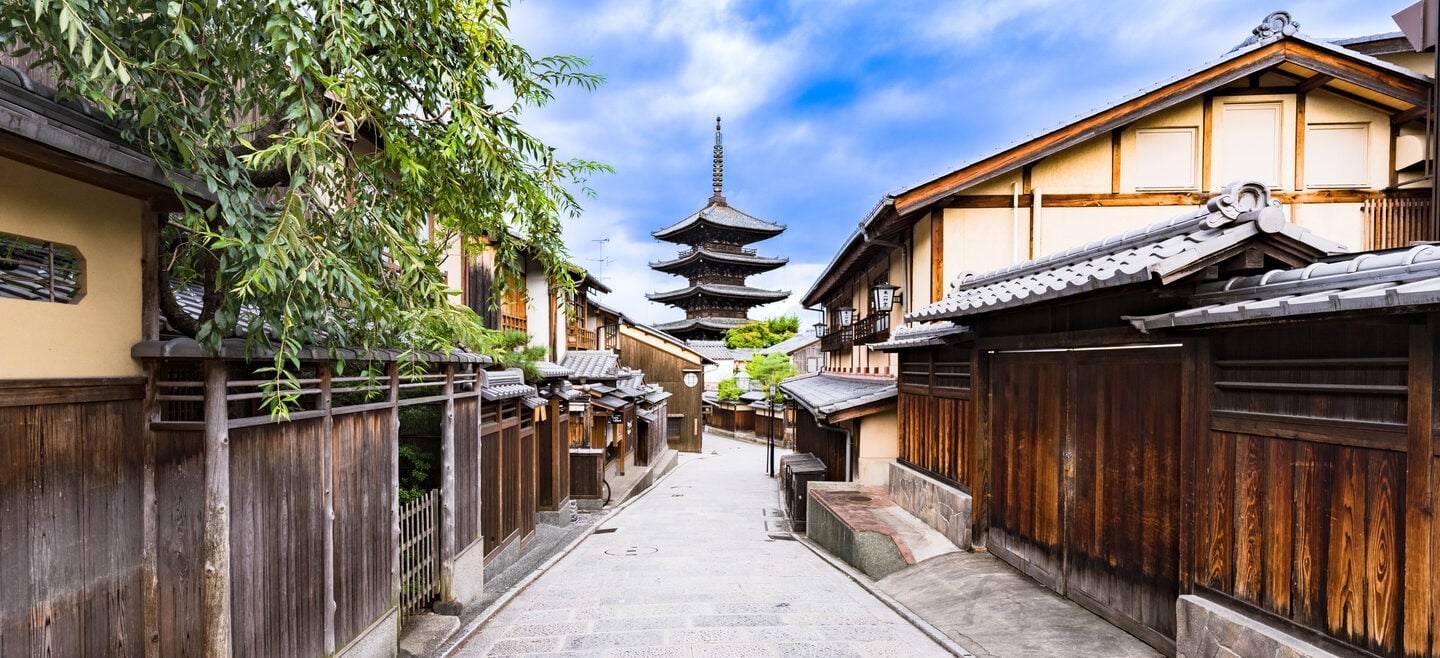
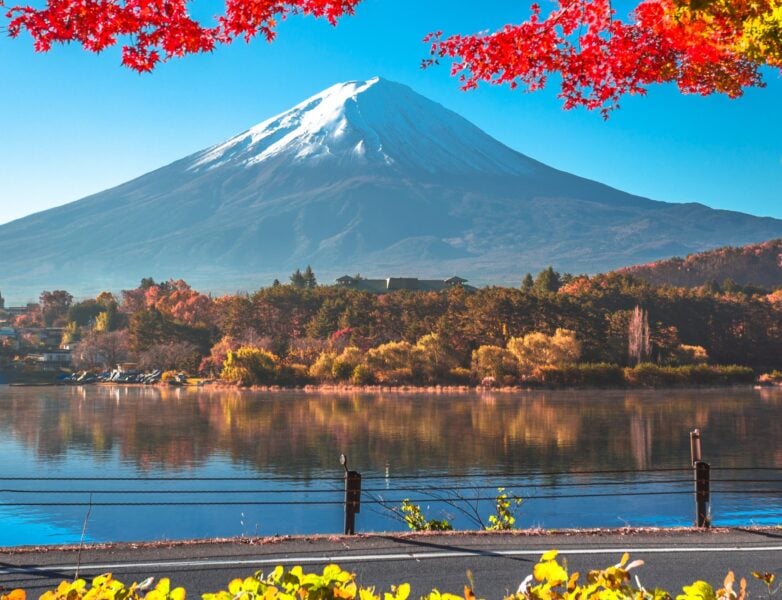


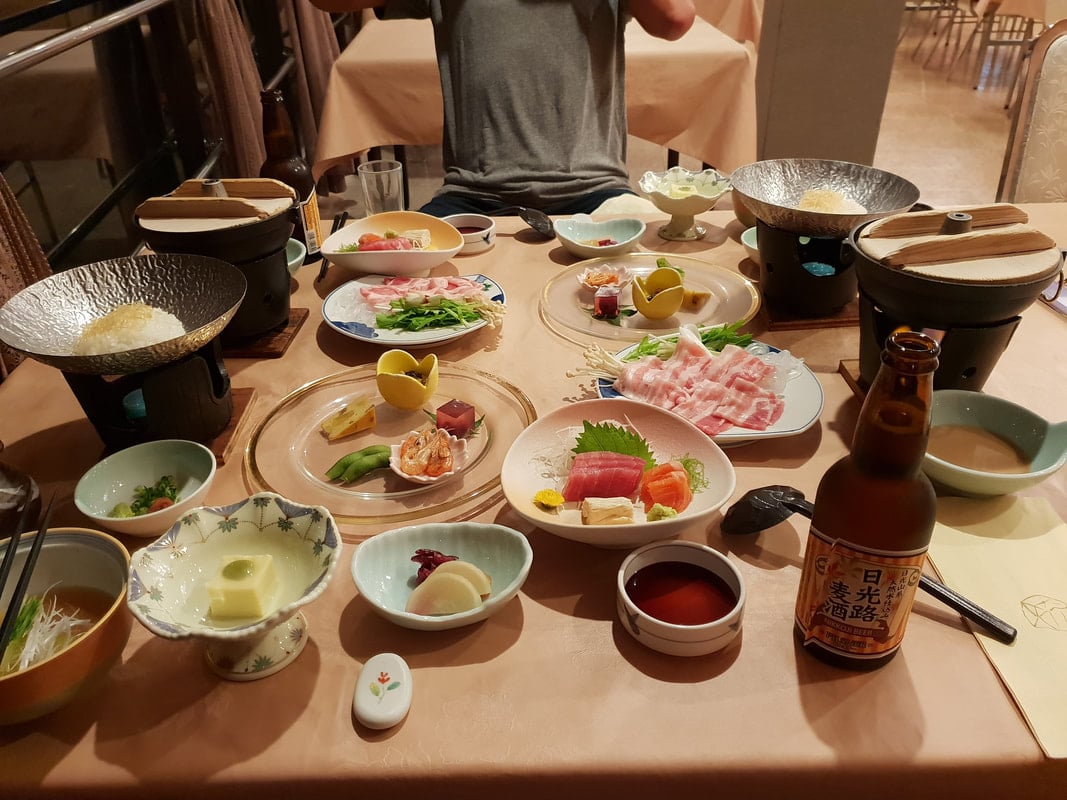
You can count on authentic, high-quality meals traditionally offered to Japanese guests. As a Japanese Land Operator, your guides have access to exclusive dining options such sushi omakase, kaiseki at nearly every stop, wagyu dinners, and farm-to-table experiences. For example, in Suwa, your guides can arrange a rare horse sashimi dinner—a unique offering unlikely to be found on standard tours. On a recent trip, guests enjoyed a seasonal kaiseki meal featuring matsutake mushrooms, with the theme carried through several stops. These curated meals provide a true insider’s taste of Japan, elevating the travel experience beyond the ordinary.

This tour is more than just cycling—it’s also a culinary journey. The gastronomic tapestry of dishes reflects the diversity of landscapes and cultures that the trail has linked for centuries. From traditional tea houses offering matcha and wagashi confections to the charming inns with hearty local dishes, each stop along the way is a taste of the past intertwined with contemporary culinary craftsmanship. Whether savoring mountain vegetables, river fish, or succulent wild game, the culinary experiences on the Nakasendo encapsulate the essence of Japanese “washoku” principles—a harmonious balance of flavors, colors, and textures. All breakfasts and dinners are included.
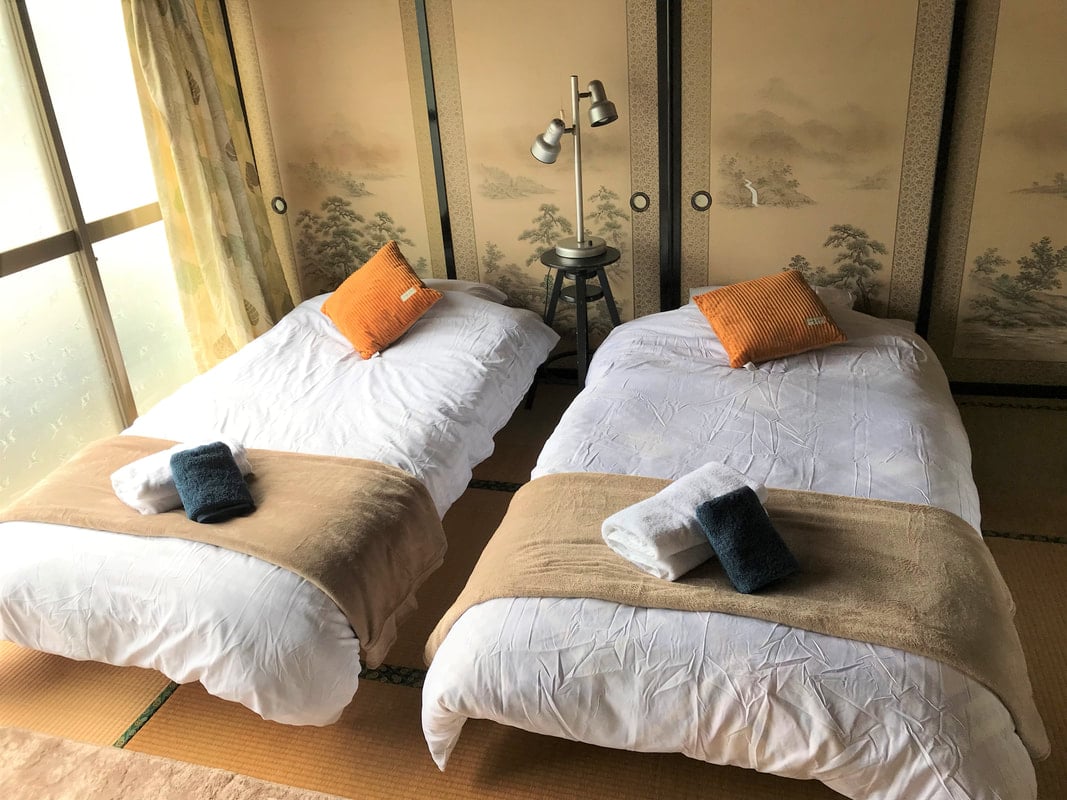
Lodging along the Nakasendo Trail is a step back in time, offering a unique blend of historical immersion and modern comfort. The towns are strategically positioned along this ancient route and they’ve evolved into havens for travelers seeking an authentic experience. You’ll be taken back to the Edo period with meticulously preserved architecture and interiors that evoke a sense of nostalgia. Staying in these lodgings offers more than just a bed—it’s a chance to become a part of the living history of the Nakasendo. From tatami-matted rooms to soothing communal baths, every detail speaks for the trail’s rich cultural heritage.
You’ll spend the first night at GS Astuto Riders House. Built over 160 years ago, it once served as a key support station for Princess Kazunomiya’s procession on the Nakasendo. After renovations, the house now accommodates up to six guests across three rooms. For the first night, we’ve also arranged stays in nearby Edo- or Meiji-era ryokans, offering an authentic and immersive experience.
Very highly recommended. Tim has great bikes and excellent local knowledge. I spent one night before a good early breakfast and then headed out for a loop as recommended by Tim which was the best 80kms I’ve ever cycled. Stunning scenery, beautiful ancient shrines, epic climbs on deserted roads and awesome food stops.
Little gem keeping it real. Great hosts, great location with endless adventures awaiting. Good food and an incredible treasure trove of bicycles and equipment and boundless knowledge and advice to go with it. What’s not to like.
Very highly recommended. Tim has great bikes and excellent local knowledge. I spent one night before a good early breakfast and then headed out for a loop as recommended by Tim which was the best 80kms I’ve ever cycled. Stunning scenery, beautiful ancient shrines, epic climbs on deserted roads and awesome food stops.
Little gem keeping it real. Great hosts, great location with endless adventures awaiting. Good food and an incredible treasure trove of bicycles and equipment and boundless knowledge and advice to go with it. What’s not to like.
Friendly, helpful, and knowledgeable hosts. You’ll leave with your stomach full, a smile on your face, and with the information you need to enjoy the Nakasendo.
If you are tired of city life, GS Astuto is the best place for you to have a countryside bike adventure. It has easy access to forest road, paved road and trails. I have been there many times but still the wonderful experience surprises me every time!
Included:
Not included:
In order to join this Nakasendo bike tour, you need to be in great physical condition. You will be cycling for a week, anywhere between 50 and 72 km per day (31-45 miles) per day. Daily elevation gains can be found in the itinerary, but the biggest elevation gain in a single day will be around 1,200 m (3,940 ft).
What else is on the offer in Japan? Check out this biking & hiking Kumano Kodo Pilgrimage or a cycling tour of Hidden Japan on Shikoku Island.
Any diet or medical concerns need to be mentioned prior to the tour. Each guest is required to have personal medical and trip insurance.
Here’s what you’ll need:
Touring in Japan covers mountains, plains, and coastal areas, where rain is not uncommon. Weather in the winter can also get quite cold in the winter. Make sure to bring clothing appropriate for the season. Generally, pack light and use layers. Due to high humidity, a waterproof hardshell is great and effective as any membrane shell. High-quality Merino fabric base layers as well as high-quality bib or riding shorts are strongly recommended. You’ll be able to do laundry in most lodgings so you might not need as much clothing as you think.
All attendees should have their own smartphone device with local data provisioning (e-Sim or similar).Each rider is responsible for their own cycling clothes and shoes.
If you’re bringing your own bicycle or equipment, you will be 100% responsible for any spare parts, repairs, damages or losses. Your en-route guide is equipped for most mechanical issues, but they do not carry spares for bikes other than their own. Read more about this in the next question.
Rental bikes
High-end conventional bikers or e-bikes typically featuring 1×11 or 2×11 wide range components are included in the price of the tour. You also get a repair kit (pump, tool, patches, etc.), safety lights, and “rinko” bags for the train. Helmet, rental clothing or shoes are not provided. If you bring your own saddle and/or pedals, they will be installed for you. Please do not bring racks, panniers, or other components without consulting first. Rental bikes are suitable for bikepacking type saddle bags, frame bags, or front, and not old-school expedition racks and panniers.
Your own bike
You can also bring your own bike! However, please keep in mind that land logistics in Japan may be challenging for bike boxes or cases that are larger than 200 cm (LWH). If you have a question regarding your specific box or case, just let us know. Also, if you bring your own bike, you will have to pre-arrange your own liability insurance (if you take your guide’s rental, you will automatically have liability insurance).
For taking your bike on the train, you need to use a full coverage bag. They’re called “rinko” bags and they are generally provided with rental bikes on request. By removing wheels, the bike can fit easily into the bag and be placed in the designated area inside the train.
Group sizes and prices:
It may be possible to arrange Nakasendo bike tours for bigger groups, but the sooner you book, the better. Your guides wish to avoid high impact in small villages, and stays in Japanese ryokans are often severely limited. Contact us prior to booking if your group has more than 8 people.
Min. age requirements:
If your group has riders under the age of 18, contact us prior to booking to make arrangements.
To get to GS Astuto base, the starting point of your tour, most people fly into Tokyo and one of its two airports, Narita International Airport (NRT) or Haneda Airport (HND). From there, you can take a train or a bus, it will take you 1.5-3 hours.
Medical and travel protection is mandatory. To make your booking and traveling experience as carefree as possible, simply choose Redpoint—the official 57hours insurance partner!
Redpoint tailors their protection packages for adventure travel, offering a comprehensive travel program, even in remote locations. Trip cancellation, natural disasters, pandemic coverage, medical evacuation, primary medical expenses—regardless of the travel interruption that may happen, Redpoint will have you covered.
Once your booking is confirmed and your trip is paid in full, you will be offered to purchase Redpoint’s protection. If you need any help or require more information, let us know and we will be happy to help!
Deposits
You can secure one of the set dates with a 30% deposit upon booking. The remaining 70% of the trip price is to be paid 90 days prior to departure, at the latest.
Cancellations
Booking fees are non-refundable in all cases. During checkout, however, you can choose one of 57hours’ flexibility options:
Basic
Flexible
Super Flexible
Early Bird booking
Want to be the first one to know when we publish new dates or secure your spot well in advance? Select a future month that suits you best and lock in your early bird spot in time with just a 10% deposit.
As soon as our guides publish new tour dates, you’ll be the first one to know. We’ll hold your spot for 2 weeks until you choose the date that suits you best.
More about how early bird bookings work below:
